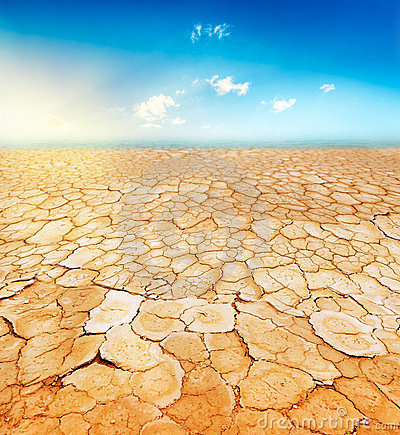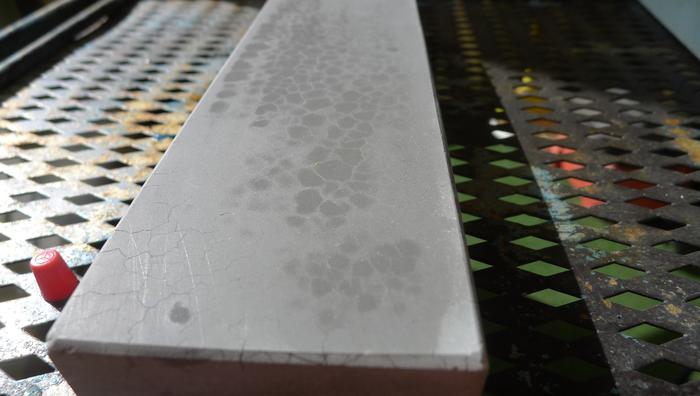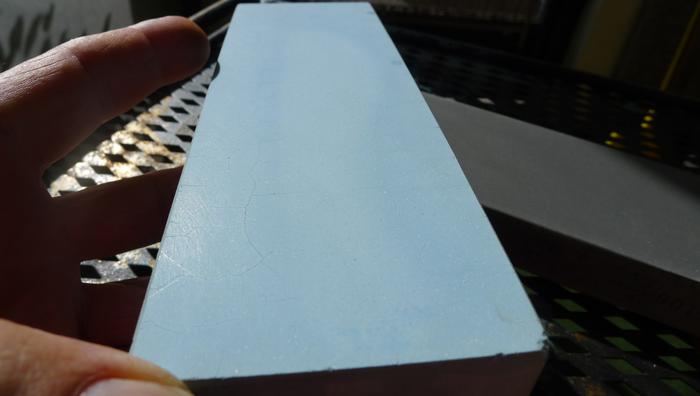Results 41 to 50 of 54
Thread: Suehiro Gokumyo 20K
-
09-07-2016, 07:15 AM #41Senior Member

- Join Date
- Sep 2013
- Location
- NW Indiana
- Posts
- 1,060
Thanked: 246
Using a diamond plate finer than the hone being lapped to do more than a very light lapping is not a good idea as it's very easy for the removed abrasive particles to build up thick enough to bite into the nickel plate that holds the diamonds in. When they are near the same grit or when the diamond plate is finer than the hone, the abrasive particles removed from the hone during lapping are often larger than the distance from the top of the diamonds to the nickel plating, so they can very easily dig into the nickel and remove diamonds.
Personally I've never had any diamond grit embed in any stone I've lapped with a diamond plate, but that's not to say it isn't possible. Most of the time this is much more likely with softer stones. Abrasive lapping using loose grit is based upon this fact - copper is often used as a lap due to its softness - the grit is distributed across the copper surface then embedded with a hardened steel roller or pressed in with a hardened steel block.
-
09-07-2016, 02:06 PM #42

Last edited by JimmyHAD; 09-07-2016 at 02:10 PM.
Be careful how you treat people on your way up, you may meet them again on your way back down.
-
09-07-2016, 03:40 PM #43

Wow that's unfortunate. I dont see how lapping played a role in the detriment of those stones. I heard Choseras are somewhat sensitive to being left wet too long and that binder breakdown can be a cause of this. I guess this is why they do not recommend soaking for any length of time and I wouldn't use any honing solutions or soap on em either. Not saying this is the case for your stones but it seems the binder has a wonky nature and might be rather unstable depending the conditions they are exposed to. I understand you reside in Florida Jimmy, maybe heat and humidity also played a role in their demise. Just a thought but more of guess considering I have heard others suffer a similar outcome.
Don't drink and shave!
-
09-07-2016, 03:54 PM #44
 Be careful how you treat people on your way up, you may meet them again on your way back down.
Be careful how you treat people on your way up, you may meet them again on your way back down.
-
09-07-2016, 04:08 PM #45

My regrets if this is off topic. Jimmy your stone (pictured) shows crazing cracks due to shrinkage, possibly (probably) from off gassing. Similar to concrete and plastic aggregates that exhibit shrinkage during the curing process.https://www.google.com/search?q=mate...lb8BRuO0hwM%3A . Many old (50 to 80 yrs +) Barber hones show this effect too. Mike
-
09-07-2016, 04:31 PM #46
-
09-07-2016, 05:04 PM #47

They should be OK, man were all shrinking anyway.
 It would be interesting to see what the modern hones look like in 50 to 80 years.
It would be interesting to see what the modern hones look like in 50 to 80 years.
MIke
-
09-07-2016, 09:31 PM #48Senior Member

- Join Date
- Nov 2013
- Posts
- 758
Thanked: 104
Jimmy, I have a Naniwa Lobster Deluxe 4k 25 x 70 x 210 on a stand. It looks exactly like yours, with the 'crazing' Mike described. But once it's wet again, the honing seems OK. Thanks to Mike for clearing that up. In the back of my mind I thought it was a cooked goose. I'll just keep on using it, see how it goes.
-
09-07-2016, 09:37 PM #49

That is all we can do. Dylan (holli4pirating) posted about his Chosera 1k cracking/crazing years ago. My 1k is sound as a dollar (as a dollar used to be) and anyway, Dylan's is still doing duty as a bevel setter with no detriment from the crazing. Let's hope we can say the same down the road. It is annoying though.
Be careful how you treat people on your way up, you may meet them again on your way back down.
-
09-08-2016, 01:37 AM #50


 58Likes
58Likes LinkBack URL
LinkBack URL About LinkBacks
About LinkBacks






 Reply With Quote
Reply With Quote








